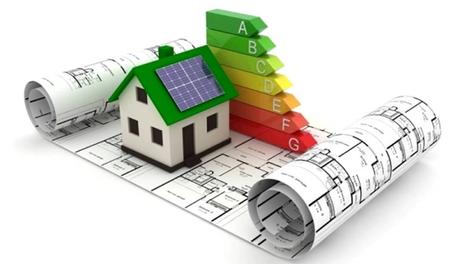
All new homes renovations, refurbishments and extensions need to comply with the Energy Efficiency provisions in the National Construction Code (NCC). This includes the option of complying with the 6 Star Standard.
The System of 6 Star House Energy Rating
If you are planning to build a new home, or in the process of completion of refurbishment or extension, it is likely that you have heard about which is related to the energy efficiency requirements. As per the National Construction Code (NCC, formerly the Building Code of Australia), all residential and commercial properties in Australia must meet certain energy efficiency regulations. Otherwise the building plans cannot be legally approved. For residential buildings, there are 3 basic methods to demonstrate energy efficiency compliance, and 1 new method which has been introduced just a year ago.
Let's take a look at the four methods for achieving energy efficiency standards;
Six Star Rating method is the most common form of assessment for every Australian property. This method is implemented for the ease of understanding, and quantifiable assessment rating. The assessment process is done through a thermal modeling software. The final result is the star rating. This correlates with the amount of energy required to cool or heat a building while achieving a comfortable room temperature year-round.
The higher the star rating, the less energy a building requires. The house energy rating assessment is the easiest and fastest method for demonstrating energy efficiency compliance.
The Elemental Provisions method, was previously known as the Deemed-to-Satisfy (DTS) method.
It came into existence when the Building Code of Australia (BCA) was first introduced with the energy efficiency provisions in 2003. The assessment process involves comparing a building construction with the standards prescribed by the NCC. The assessment results in a strict pass or fail.
The Verification Using a Reference Building (VURB) method is becoming a popular method of assessment which combines the practices of House Energy Rating and the Elemental Provisions method. The assessment process is involved with modeling and comparing of a building to a reference building that is compliant with the elemental provisions. The benefits of the VURB method are especially cost effectiveness and flexibility. Due to the increased complexity, the assessment generally takes a bit longer to complete than the other methods.
The Verification Using a Stated Value (VUSV) method has been introduced in 2016 as a simple assessment method which compares a building's efficiency with a baseline thermal load metric. Similar to the house energy rating process, the method for VUSV assessment involves modelling the building with the same thermal modelling software. The final outcome is the only difference. Unlike the house energy rating method the final result of VUSV assessment is simply based on pass or fail.
These were the basic four assessment methods to determine the energy efficiency of a building in Australia.
